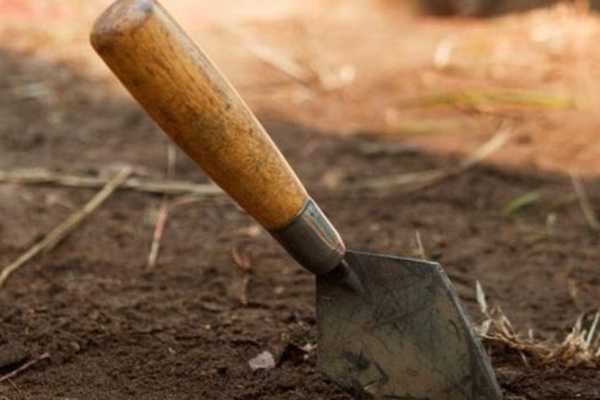Archaeology is a meticulous field that requires precision and care when excavating historical sites. Among the many tools used by archaeologists for carefully removing soil, the tools used by archaeologists remove soil, but not all are shaped the same. However, types serve different purposes, and the choice of trowel depends on the specific needs of an excavation.

The Standard Archaeological Trowel
The most commonly used trowel in archaeology is the Marshalltown trowel. Marshalltown is a well-known brand that produces high-quality masonry tools, and its pointing trowel has become the gold standard for archaeologists worldwide. The Marshalltown trowel is characterized by:
- Durability: Made from high-carbon steel, it withstands extensive use in the field.
- Size and Shape: Typically, archaeologists use a trowel with a blade ranging from 4 to 5 inches in length. The pointed shape allows for precision when digging around delicate artifacts.
- Comfort: A wooden or rubberized handle provides a good grip, reducing hand fatigue during long excavation sessions.
Margin Trowels and Their Uses
Another type of trowel commonly used in archaeology is the margin trowel. Unlike the pointed trowel, the margin trowel has a flat, rectangular blade. This type is particularly useful for tasks such as:
- Cleaning the sides of excavation units to create straight walls.
- Removing thin layers of soil or plaster in a controlled manner.
- Working in areas where a pointed trowel might be too aggressive or imprecise.
Trowel Preferences Based on Region and Site Conditions
Archaeologists working in different regions may prefer different types of trowels. For example:
- In the United Kingdom, many archaeologists favor the WHS 4-inch trowel, which is similar to the Marshalltown but has a slightly different blade shape.
- Archaeologists sometimes use wider trowels to excavate more efficiently in Mesoamerican excavations, where sites may contain soft volcanic ash or loamy soils.
- In rocky or compacted soil conditions, a smaller and sturdier trowel may be preferred to allow for greater control and precision.
Specialty Trowels for Detailed Work
In addition to standard and margin trowels, archaeologists sometimes use specialty trowels for finer work. These include:
- Archaeological spatulas: Small, flat-bladed tools used for intricate cleaning around fragile artifacts.
- Gauging trowels: Used for mixing and applying consolidants or for more detailed shaping of excavation features.
- Hawk trowels: Occasionally used in conservation work to apply mortar or plaster.
Maintaining and Caring for an Archaeological Trowel
Since an archaeologist’s trowel is one of their most vital tools, proper care ensures longevity and effectiveness. Some best practices include:
- Cleaning after each use: Removing dirt and moisture prevents rust and corrosion.
- Sharpening the blade: Over time, trowel edges may become dull, so occasional sharpening keeps them functional.
- Proper storage: Keeping the trowel in a dry place helps prevent wear and damage.
Conclusion
The trowel is a fundamental tool in archaeology, with the Marshalltown and WHS brands being the most commonly used. However, variations like margin trowels and specialty trowels serve specific excavation needs. Choosing the right trowel depends on soil conditions, artifact fragility, and personal preference. Proper care and maintenance ensure that these indispensable tools remain reliable throughout an archaeologist’s career.
Post time: 2月-08-2025






